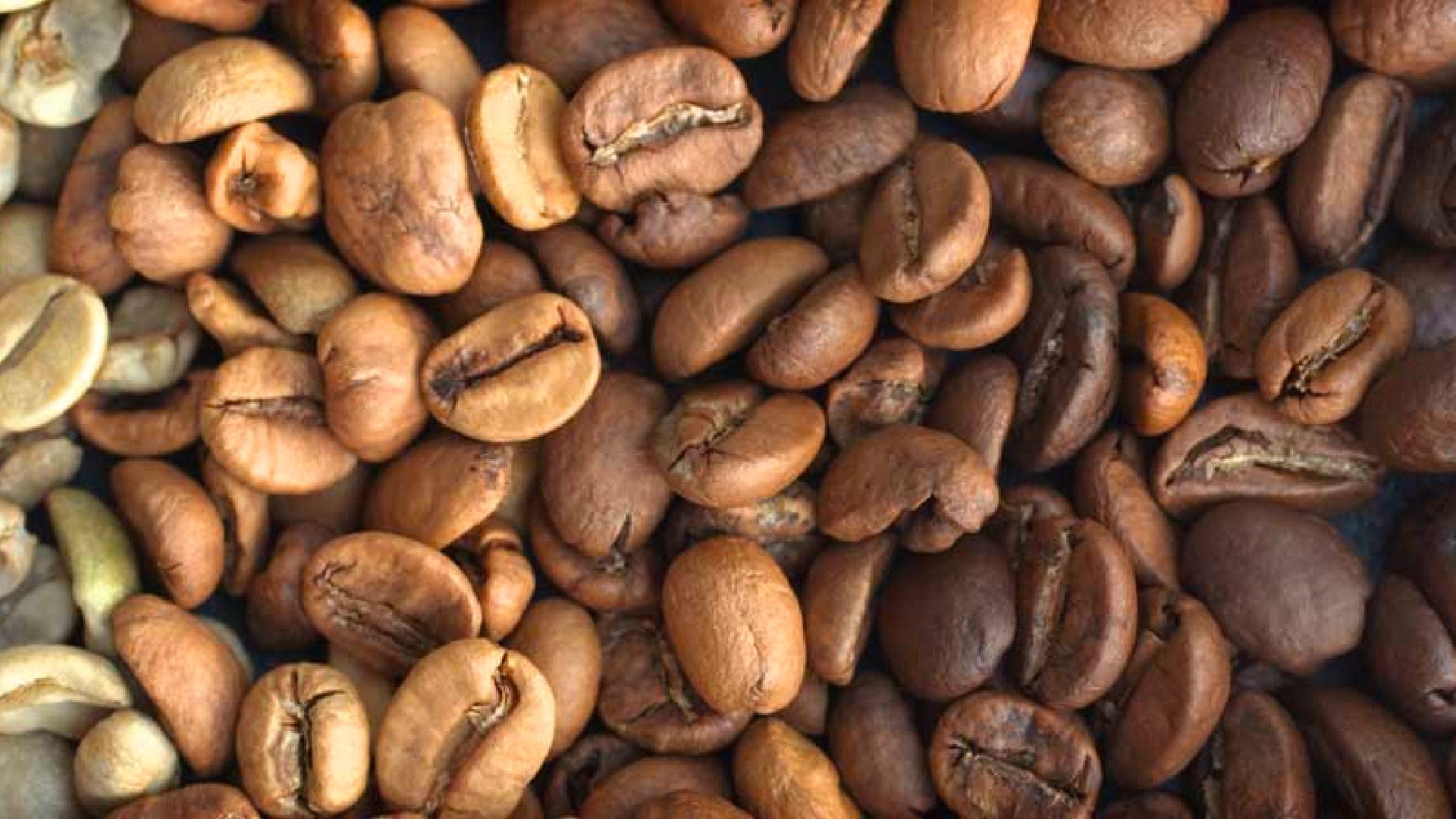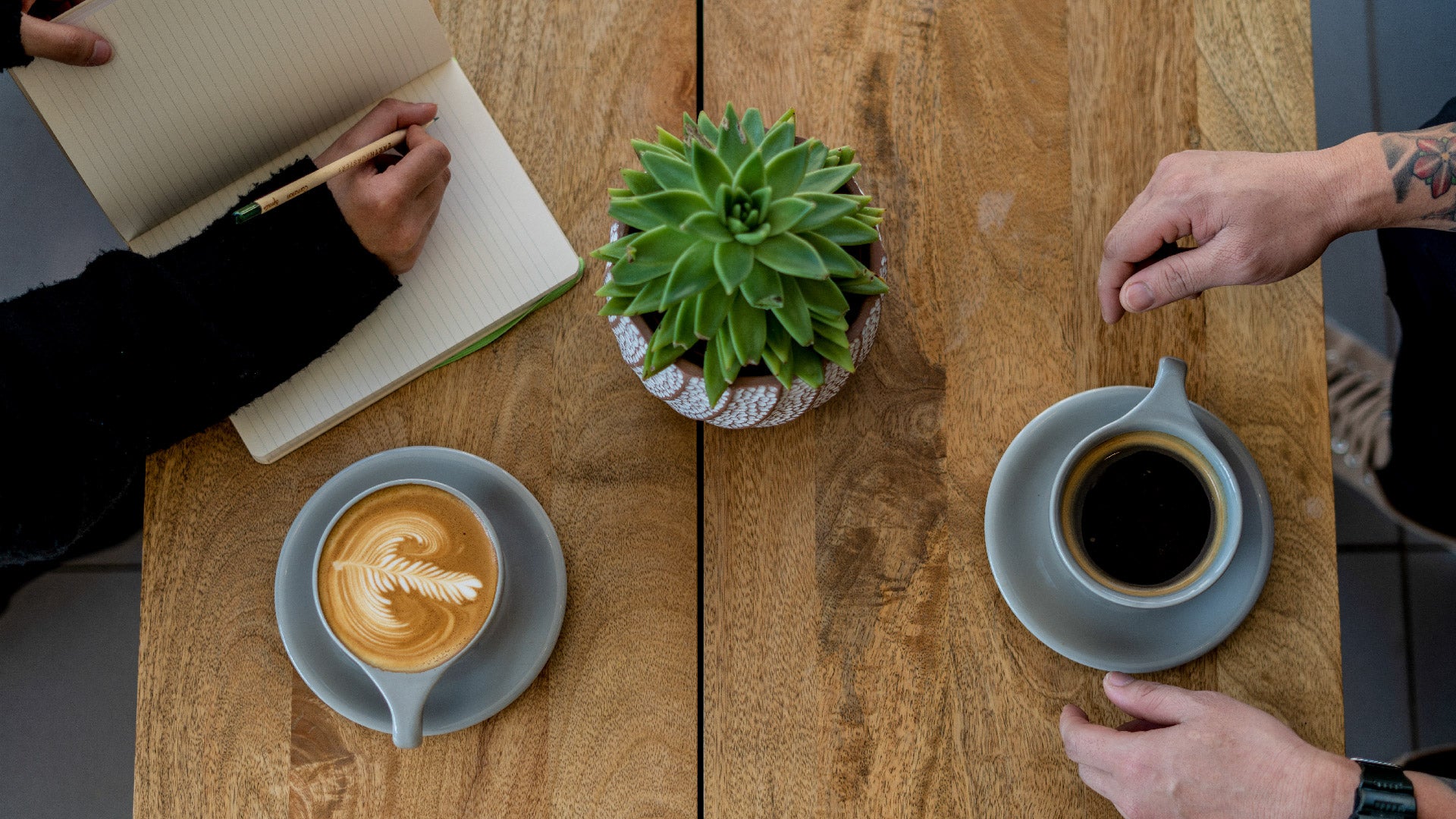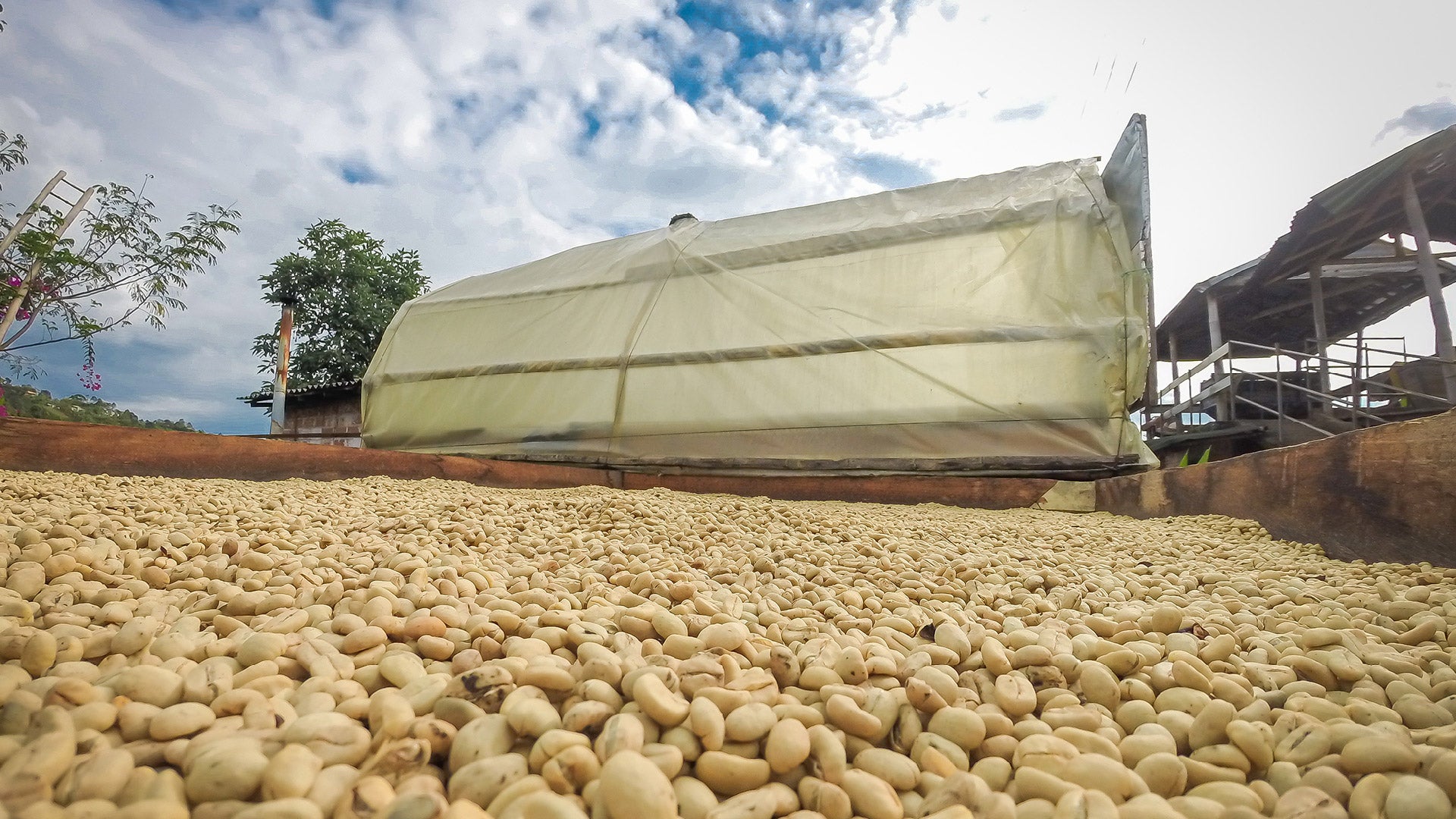
Coffee Roasting process and difference of Light, Medium, and Dark Roast
The coffee roasting process is among the most influential factors of coffee taste. Coffee roasting is a complex process that transforms green beans into aromatic and flavorful coffee that provides a refreshing and energetic start to your day.
Coffee Roasting Process, Here we have discussed the coffee roasting process in basic details.
Step 1
First of all, raw green coffee is loaded into the roaster's charge system. When the roaster's internal air temperature reaches 500 degrees F, the batch is dropped into a spinning, hot drum, and the roasting process begins. Several paddles inside the drum toss the coffee through the air. Its working is similar to the working of a household clothing dryer.
Step 2
A high amount of heat is applied for five minutes to bring the coffee up to roasting temperatures. This stage must be done quickly to preserve internal moisture; however, it should not be so quick that the outside of the beans reaches the risk of scorching. During this process, the color of the coffee shifts from green to yellow, and the smell shifts from freshly cut grass to hay-like.
Step 3
During the next 5 minutes, the coffee changes at low roasting temperatures (300 to 350 degrees F). The precursors to taste and aromas start developing. The internal moisture, temperature, and pressure are carefully controlled. During this process, the coffee color changes from yellow to light brown, and the small shifts from hay-like to that of baking bread.
Step 4
The final 3-5 minutes are crucial as the coffee flavor fully develops during this time. The first crack usually occurs around 360 degrees F. You will hear a popping noise because each bean expands due to the pressure of carbon dioxide and water vapor produced from chemical reactions within the bean. At this particular point, the internal pressure drops because the gases escape leaving the bean with an ideal internal pressure, temperature, and moisture for flavor development.
Step 5
Between temperatures, 360 to 400 degrees F the sugars and amino acids in the coffee react rapidly and create a final flavor of the coffee. The taste of medium roast coffee is derived from the caramelization of sugars and the reaction of amino acids and sugars in the Maillard reaction. The coffee shifts to the darker shades of brown during this process, and the aroma develops in a nutty, cocoa-like, and malty character.
Step 6
Each particular type of coffee has a precise final temperature and time of roasting. Coffees roasted above 395 degrees F are regarded to be dark roasts. During this time, the aromas and tastes developed during the initial stages are combusted, and new aromas that are smoky, toasty, and spicy start developing.
The Difference between Light, Medium, and Dark Roast Coffee
The degree to which coffee beans are roasted is an essential factor that determines the taste of the coffee. Let's discuss the difference between light, medium, and dark roasted coffees.
Light Roast
These coffees are characterized by their light brown color, light body, and lack of oil on the coffee beans. During the roasting process, the coffee beans pop up at around 350 degrees F. This popping sound is known as the first crack and serves to be the cue that the beans have reached a light roast.
Medium Roast
Medium roasted coffees are brownish and possess a slightly thicker body as compared to the light roast. The medium roast starts taking a bit of the taste from the roasting process and loses the bright floral flavors typically associated with the light roast. Medium roasted coffees offer a much more balanced flavor with a medium amount of caffeine. Medium roasted beans occur just before the second crack at a temperature around 410 – 430 degrees F.
Dark Roast
Dark roasted coffees are dark brown or even blackened in color and are characterized by drawn-out oil that glosses the surface. Dark roasted coffee offers a bold and smoky taste. To be regarded as dark, beans roast to a temperature of around 465 degrees F, essentially at the end of the second crack.



